Tokyo
Kyoto
Hiroshima
Osaka
A three week adventure in Japan travelling to four amazing destinations. Discover useful tips and advice on places to see and things to do to help plan and inspire your next travel experience.
Trip Information
Japan is a country of four seasons – Spring (March to May), Summer (June to August), Autumn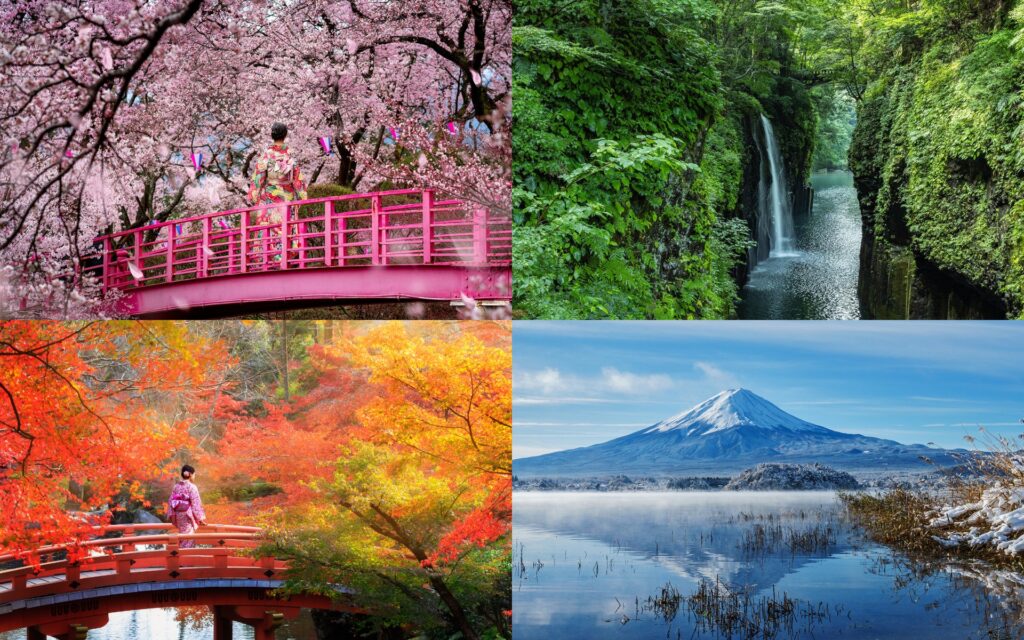 (September to November) and Winter (December to February). We travelled in May with hot sunny days and pleasant cool nights.
(September to November) and Winter (December to February). We travelled in May with hot sunny days and pleasant cool nights.
Spring is one of the best times of the year in Japan and is the season of cherry blossoms with events, called hanami, all over Japan. The blossoms begin in the south with Okinawa experiencing the earliest blooms from January and then slowly moving northward with Hokkaido seeing them last in May.
June is the hottest time of the year in Japan where highs of 30°C plus, which are known as manatsubi or midsummer days, as well as moshobi, or extremely hot days, with highs of at least 35°C.
Autumn is a cool and comfortable time of the year before the winter hits where it is common for snow to blanket the ground in many regions including in the cities of Tokyo and Osaka.
From May to June there is a seasonal rain event known as tsuyuzensen which moves from the south to the north through the various regions and typhoons can be expected from July to October.
Before you go
For short term tourist visits to Japan (less that 90 days) no Visa is required for travellers from the UK, US, Australia, New Zealand and most European countries. If you are not from these countries check the Japan eVISA website which gives the list of countries that are not exempt and the process to apply.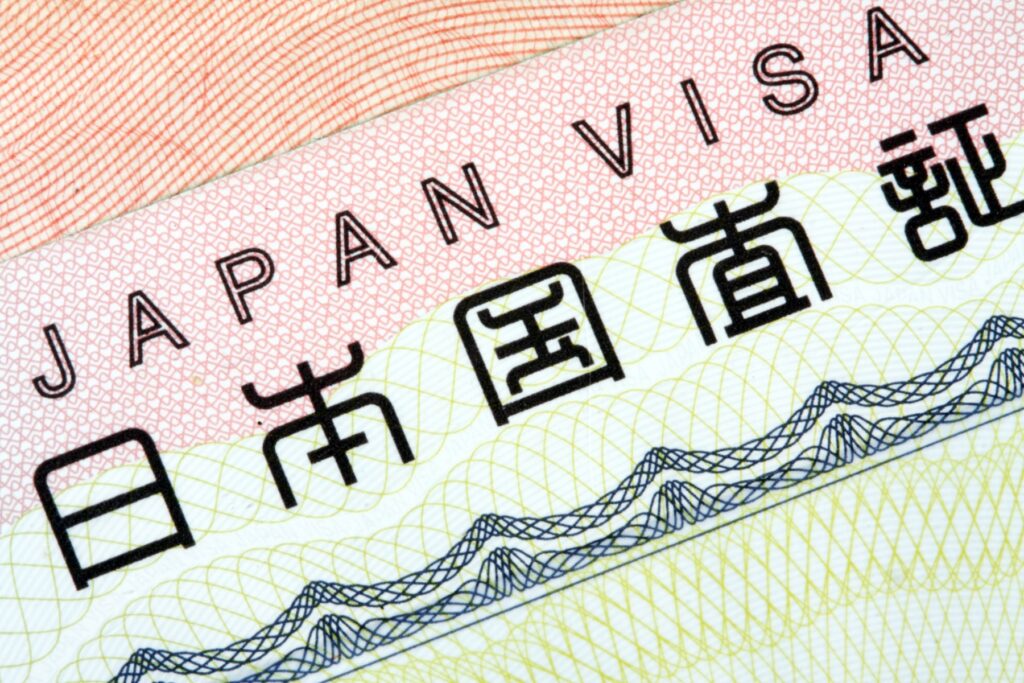
You will be required to complete an Immigration and Customs declaration which can be done online via Japan Customs.
You will need to register on the site and go through the steps to obtain a QR code. A QR code is needed for each member of your party so keeping a screenshot on each persons phone of their QR code (or print off) will ease the process getting through.
Alternatively you can complete an Immigration and Customs paper form at the airport.
Just like most major airports the time through security, customs and immigration and to exit the airport varies greatly. Japan’s major airports – Narita and Haneda in Tokyo and Kansai in Osaka you can be out within 30 minutes if there are minimal flights however busy periods could see an exit taking 2-3 hours.
Flight Arrival Information
Our flight was from London Heathrow to Narita International Airport with Cathay Pacific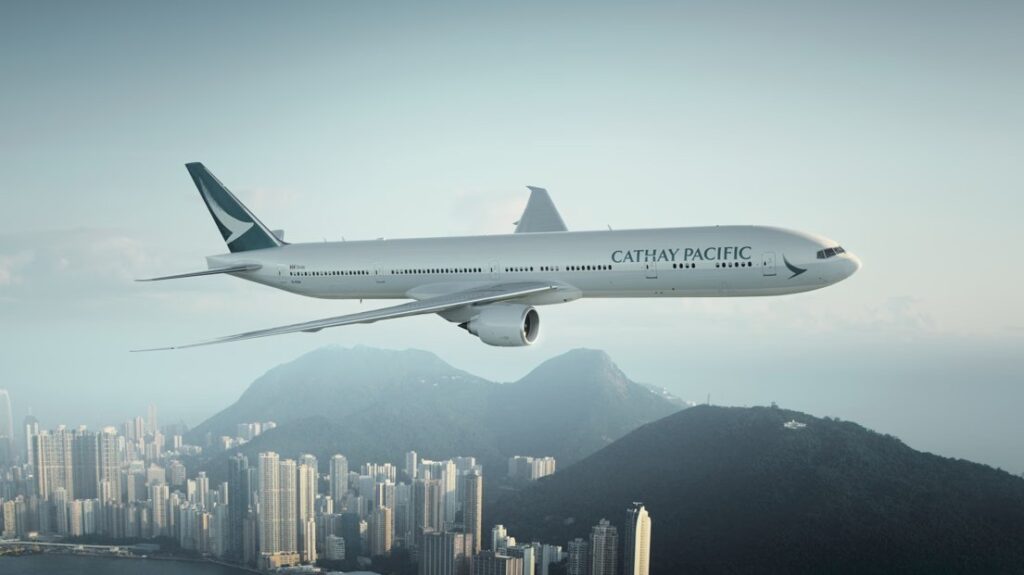 located via Skyscanner.
located via Skyscanner.
Skyscanner is our preferred flight search engine but options were also checked via Google Flights but booked direct with the airline. We recommend registering as a Cathay member to get Asia Miles to use towards future flights.
Flight costs were £900 / €1054 / $1235 per person including seat selection and 23kg of checked in luggage each with a brief 1 hour transfer in Hong Kong.
Flight time from Heathrow to Hong Kong is circa 13hrs and from Hong Kong to Japan is around 4hrs.
Direct daily flights are available but can cost over £1200 / €1400 / $1650 per person in peak months but off peak (Winter) deals can be found around £600 / €700 / $823.
Flight time direct from the UK to Japan is circa 14hrs.
Trip Information
There are three main airports in Japan, Tokyo’s Narita and Haneda and Osaka’s Kansai International Airport. We’ll focus on Tokyo’s main airports as this is where most visitors fly in and out of.
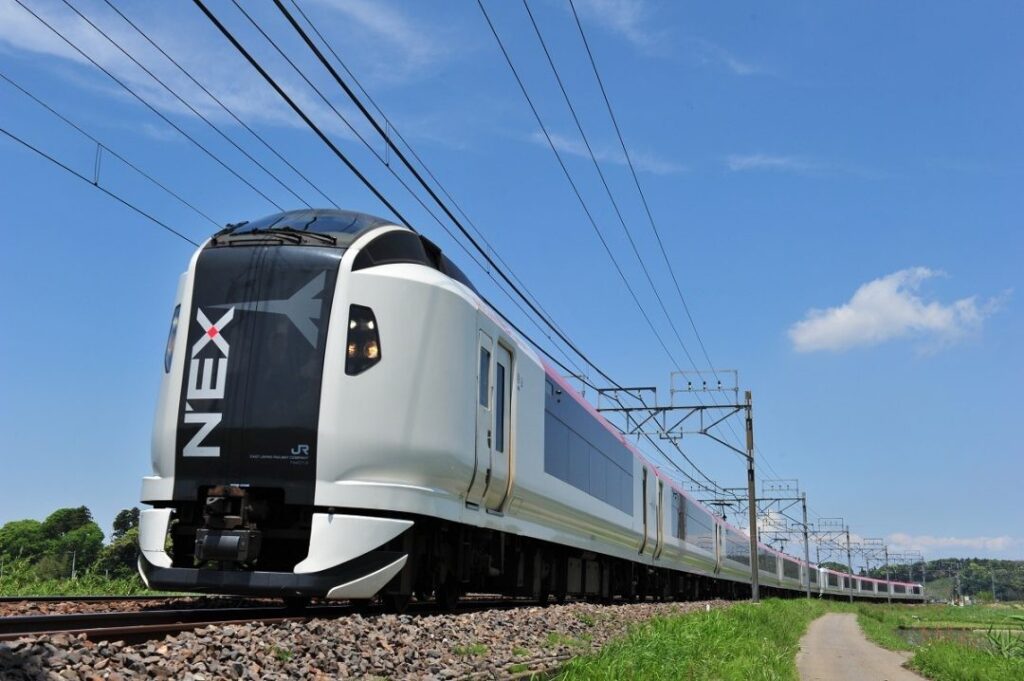
Narita Airport is located about 80 km / 50 miles from Tokyo and the most efficient way to get into the city is by the Narita Express train which takes around an hour. It uses its own separate railway line so traffic never blocks it. The trains are comfortable and clean with plenty of room to store luggage.
After leaving either of the two stations at the airport (Terminal 1 and Terminal 2-3) the Narita Express stops at Tokyo Station and other major stations including Shinagawa, Shibuya, Shinjuku and Yokohama. From these you can pick up the Metro to most destinations in the city.
The first Narita Express trains depart the airport terminals daily at 7.45am until 9.45pm and there are trains every 30 minutes. And as this is Japan – they are always on time!
There are two types of Narita Express tickets – Standard and Green Cars. Green cars are the equivalent of a first class ticket. Single ticket one way costs from the airport are outlined below (1000¥ is roughly £5 / €5.90 / $6.90):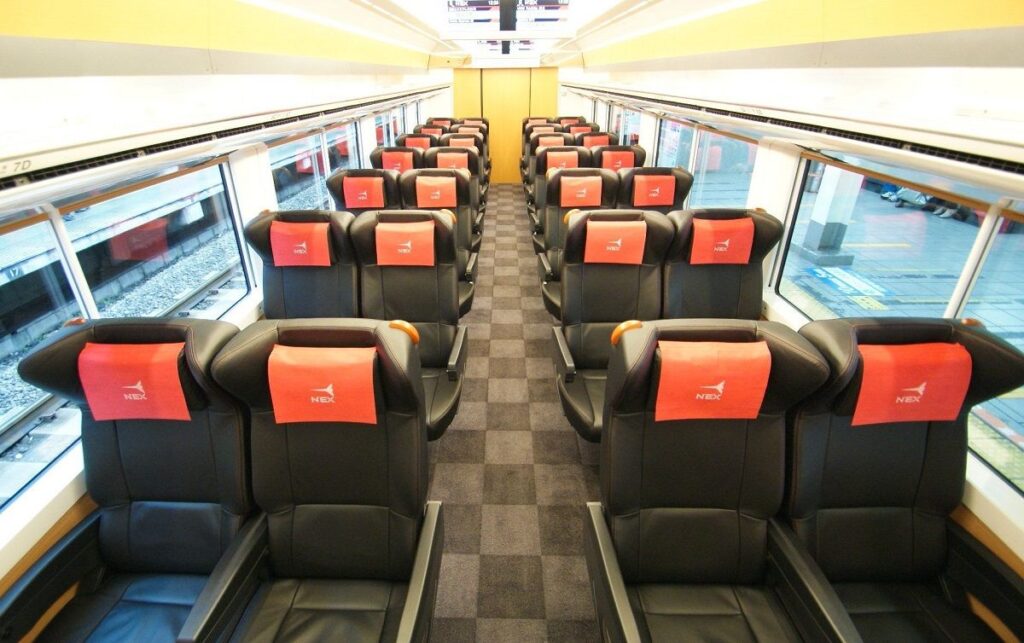
Tickets for the Narita Express don’t need to be booked in advance but you will need to purchase a Super Limited Express train ticket (which is just for the Narita Express) in addition to a Basic Fare ticket. There are ticket machines at the terminals and you have the option to just purchase the Super Limited Express ticket or; a combined Basic Fare and Super Limited Express.
We strongly recommend downloading the Suica card into your phone wallet which can be used to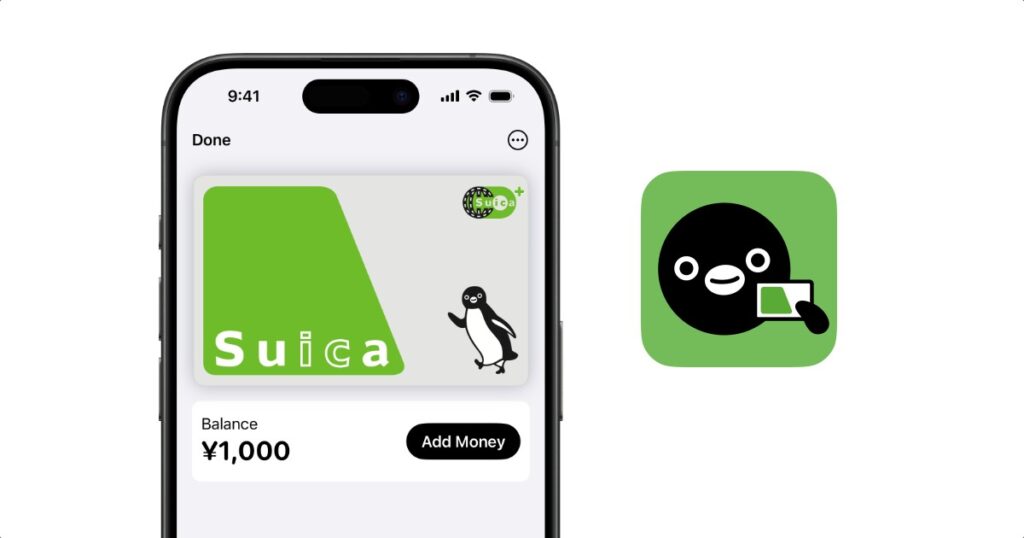 pay for train/bus trips as well as shopping and money can be easily transferred into it.
pay for train/bus trips as well as shopping and money can be easily transferred into it.
You can pay by Suica card at the gate/turnstile for the Basic Fare for the Narita Express.
When exiting a station or transferring between platforms you scan the Suica card again and it comes up on the gate/turnstile display how much it cost and how much you have left on your balance. A JR Pass is really only a good option if you are doing extensive public transport travel around Japan.
Another option is the Airport Bus which travels between Narita Airport and Tokyo Station and takes around 65 minutes and a one-way ticket costs 1500¥ i(roughly £7.60 /€8.90 / $10.40). Details on timetables and where to catch it can be found here: Airport Bus Tokyo.
Haneda Airport is the closest airport to Tokyo around 26km / 16 miles. There are a range of options to get into Tokyo and its numerous districts.
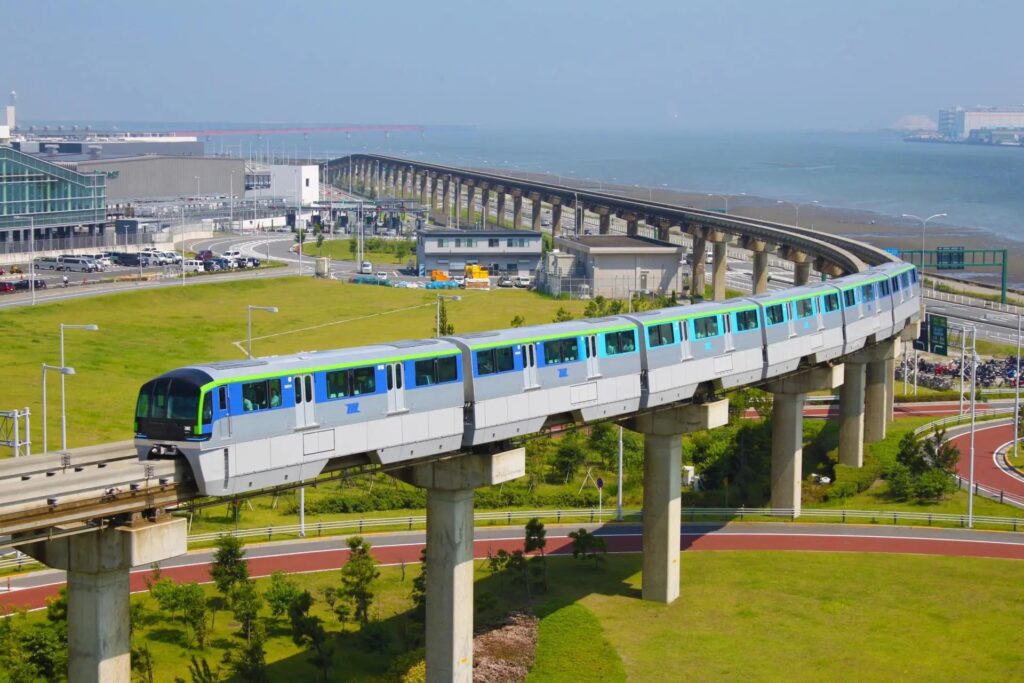 The Shinkansen is one option however it doesn’t leave directly from Haneda Airport. You have to take either the Keikyu Airport Line or the Tokyo Monorail from Haneda Airport to Shinagawa Station which takes around 15 minutes and costs around 500¥ / £2.50 / €2.95 / $3.50. From here you need to purchase separate tickets to transfer to the Shinkasen line. These can be purchased at the station and there are frequent trains. Shinkansen ticket prices range from ¥2,000 / £10 / €12 / $14 to ¥8,000 / £40 / €47 / $56 depending on seat selection and note; you can’t use your Suica card to directly pay for the Shinkansen – you have to buy a separate Shinkansen tickets. Total time for both journeys from Haneda Airport to Tokyo Station is around 30-40 minutes.
The Shinkansen is one option however it doesn’t leave directly from Haneda Airport. You have to take either the Keikyu Airport Line or the Tokyo Monorail from Haneda Airport to Shinagawa Station which takes around 15 minutes and costs around 500¥ / £2.50 / €2.95 / $3.50. From here you need to purchase separate tickets to transfer to the Shinkasen line. These can be purchased at the station and there are frequent trains. Shinkansen ticket prices range from ¥2,000 / £10 / €12 / $14 to ¥8,000 / £40 / €47 / $56 depending on seat selection and note; you can’t use your Suica card to directly pay for the Shinkansen – you have to buy a separate Shinkansen tickets. Total time for both journeys from Haneda Airport to Tokyo Station is around 30-40 minutes.
The Tokyo Monorail is a good option taking you directly from Haneda Airport into Hamamatsucho Station. There are monorails every 5 minutes leaving from all terminals and tickets can be purchased from machines at the terminals or you can use your Suica card. From Hamamatsucho Station you can connect to the Yamanote Line which links to many of the main stations ie Shibuya, Shinjuku, Tokyo and Shimbashi. Single one way tickets cost circa 500¥ / £2.50 / €2.95 / $3.50 and the trip takes around 25 minutes.
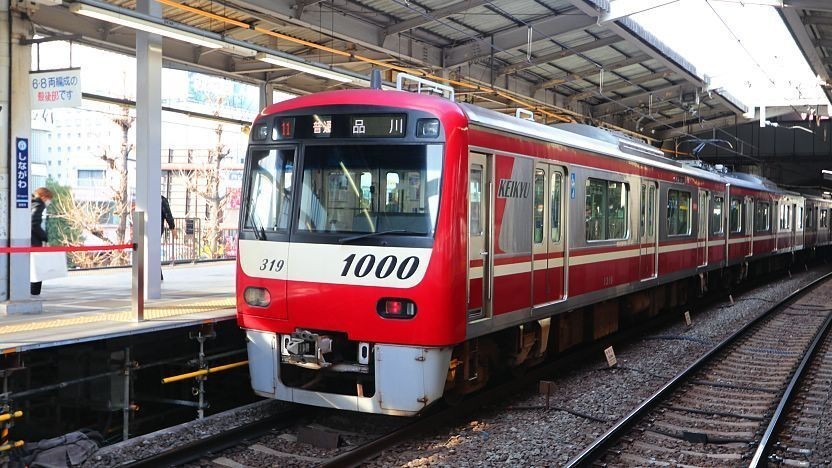
The Keikyu Train from Haneda Airport (look for the signs) goes to Shinagawa in about 15 minutes where you can transfer to get to Shibuya (25mins including Shinagawa transfer) and Shinjuku (30mins including transfer). Tickets can be purchased in the airport at the ticket machines or you can use your Suica card in the turnstiles/gates. Its an efficient way to get into Tokyo’s main stations and costs around the same as the Monorail depending on which station you exit.
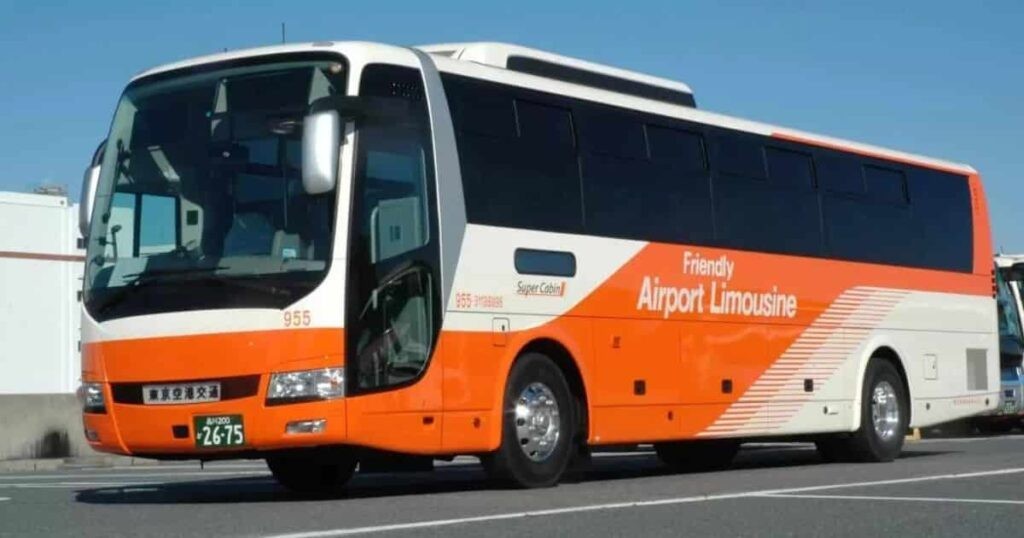 There are comfortable Limousine Buses which go from Haneda Airport into many Tokyo destinations. Check out their website for timetables and routes: Limousine Bus and signs for the bus are visible throughout the terminals. It’s not the fastest option with journeys taking anywhere from 45 minutes to an hour but of course is dependent on road traffic. A one-way adult ticket from Haneda Airport to Shinjuku is ¥1,400 / £7.10 / €8.30 / $9.75.
There are comfortable Limousine Buses which go from Haneda Airport into many Tokyo destinations. Check out their website for timetables and routes: Limousine Bus and signs for the bus are visible throughout the terminals. It’s not the fastest option with journeys taking anywhere from 45 minutes to an hour but of course is dependent on road traffic. A one-way adult ticket from Haneda Airport to Shinjuku is ¥1,400 / £7.10 / €8.30 / $9.75.
Taxis from Haneda Airport into Tokyo are expensive but a preferred option if you want to avoid the initial public transport challenge and just get straight to your accommodation. Costs for a taxi into Tokyo will vary depending on the destination and time of day but could be anywhere between ¥8,000 / £41 / €47 / $56 and; ¥12,000 / £61 / €71 / $84. Taxi stands are located just outside the terminals and you can’t help but be impressed by how clean the taxis are, the automatic doors, the drivers uniform and white gloves and how polite they are! Be sure to have your address details clear to show the driver, in Japanese not English preferably.
Uber/Near Me Taxi
Taxis to and from the airport are generally not cheap but if you just want to get to your accommodation and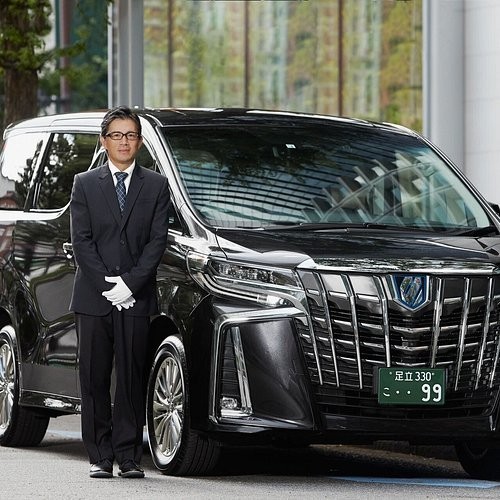 not worry about figuring out the public transport system with luggage in tow then its a comfortable option.
not worry about figuring out the public transport system with luggage in tow then its a comfortable option.
Ubers are available in Japan however they just use normal taxis but it does give you the ease of booking and costs.
If you intend to use Taxis for the ease of getting to and from airports we recommend using the Near Me site to book where you can put in your pick up location, destination, date and time, number of people and luggage numbers and a fixed rate will be provided. An indicative cost for 3-4 people to or from Haneda Airport from Tokyo with 5-6 suitcases will cost around ¥15,000 / £76 / €88 / $104. The vehicles are modern, clean, spacious and drivers are polite and courteous. A comfortable way to start or end your Japanese adventure!
The official currency of Japan is the Yen, it was introduced in 1871, there is no plural to Yen and..it’s the third-most traded currency in the foreign exchange market after the US dollar and the Euro.
The Japanese currency comes in two forms, coins and banknotes. Banknote denominations include: 1,000 Yen; 5,000 Yen and 10, 000 Yen.
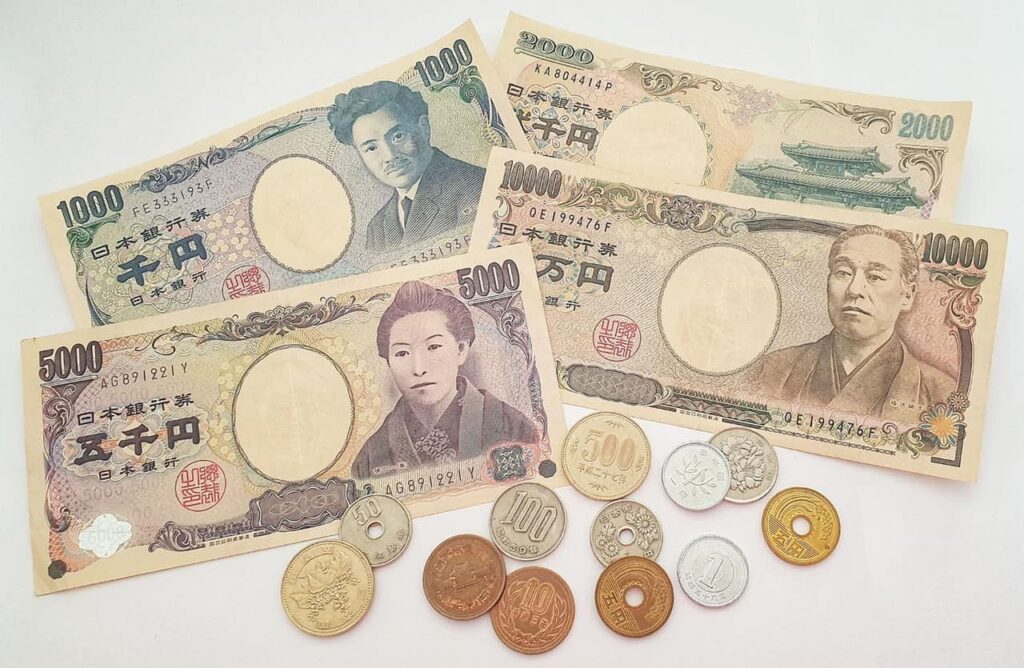 Coin denominations are; 1 Yen; 5 Yen; 10 Yen; 50 Yen; 100 Yen and 500 Yen.
Coin denominations are; 1 Yen; 5 Yen; 10 Yen; 50 Yen; 100 Yen and 500 Yen.
The general exchange rate is ¥1000 = £5.07 / €5.88 / $6.92 however check out Xe Currency for the latest conversion rates.
An indication of average costs: a train journey on Tokyo’s Metro is around ¥180 – ¥300, coffee ¥500, Sushi meal ¥3000, glass of wine ¥1000 and a good restaurant meal for two ¥5000 – ¥8000.
Its a common misconception that Japan is an expensive country to visit, don’t get us wrong it’s not a low budget destination but food, travel, entry to museums, attractions etc are very reasonably priced and the country can be travelled on a budget if needed.
What can be expensive is accommodation – especially as most hotel rooms in the cities are very small so if you want a larger room be prepared to pay.
 Key tip; when searching for hotel rooms check the square metres/feet as this will be crucial in knowing whether you have an large or average room or a very small one!
Key tip; when searching for hotel rooms check the square metres/feet as this will be crucial in knowing whether you have an large or average room or a very small one!
Tipping in Japan is not customary, necessary nor expected. This may seem unusual for some visitors where tipping is standard practice in their own country but it is not in Japan. Despite some blogs or social media posts on tipping saying to do so is being ‘rude or impolite’ its not, it’s just not customary to do so.
However, if you are staying in someone’s home then it is polite and customary to give a small gift, known as Omiyage or Temiyage ,which is given as a token of appreciation.
 In Japan the use of a Suica card is highly recommended. You can download it before you leave for your trip purely as an App and/or obtain a card.
In Japan the use of a Suica card is highly recommended. You can download it before you leave for your trip purely as an App and/or obtain a card.
Suica can be used everywhere in Japan to pay for train journeys and the Metro (excluding Shinkasen), groceries and in many restaurants and shops. You can top up your Suica balance in the App Wallet and easily keep track of the balance and statements.
Using Suica for trains/Metro is the best option as you scan it on the entry gates and when you scan on the exit it comes up on the gate screen how much the journey cost and your Suica card balance.
It’s often mentioned in blogs and social media posts about lots of coin change been given and it being a ‘hassle’ to carry, this could only be an issue if you are paying in cash everywhere and as Japan is very much moving to a cashless society its more common to pay by card for everything. There are only a few shrines and temples that accept cash but like any overseas adventure one should always be carrying some cash anyway.
Practical Advice & Tips
hello@notposhtravel.com